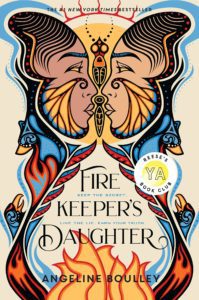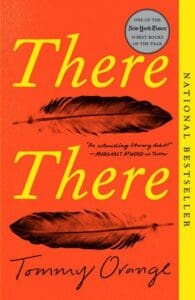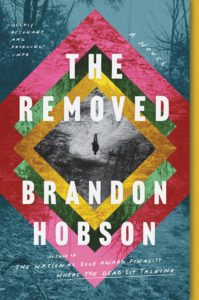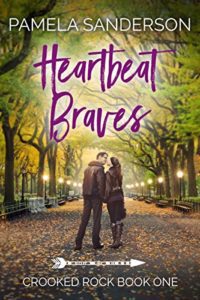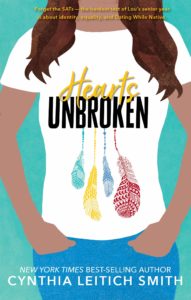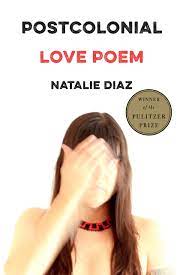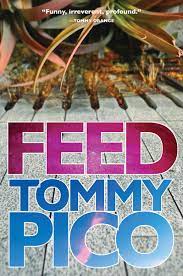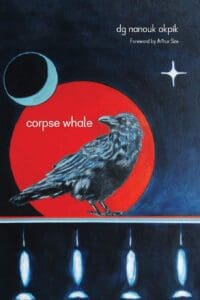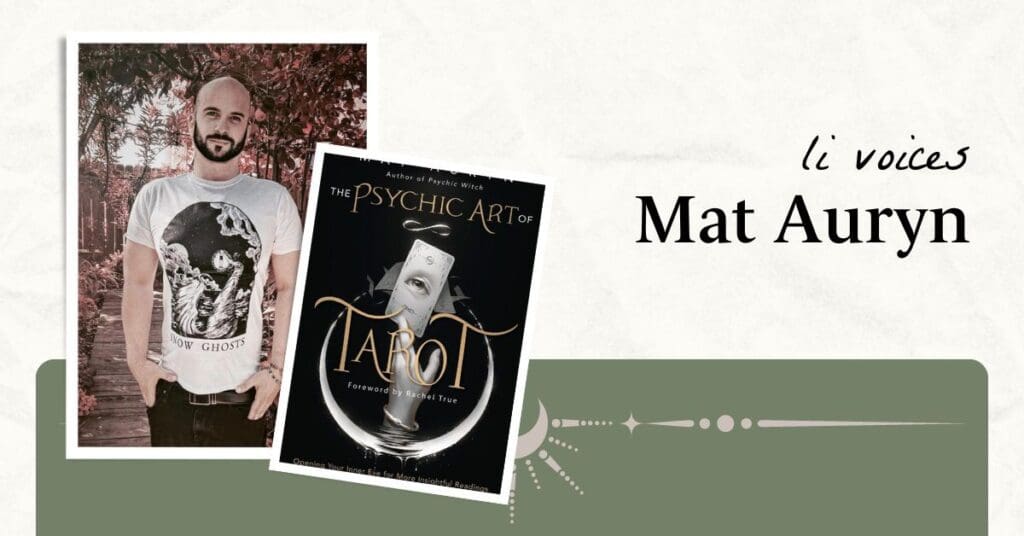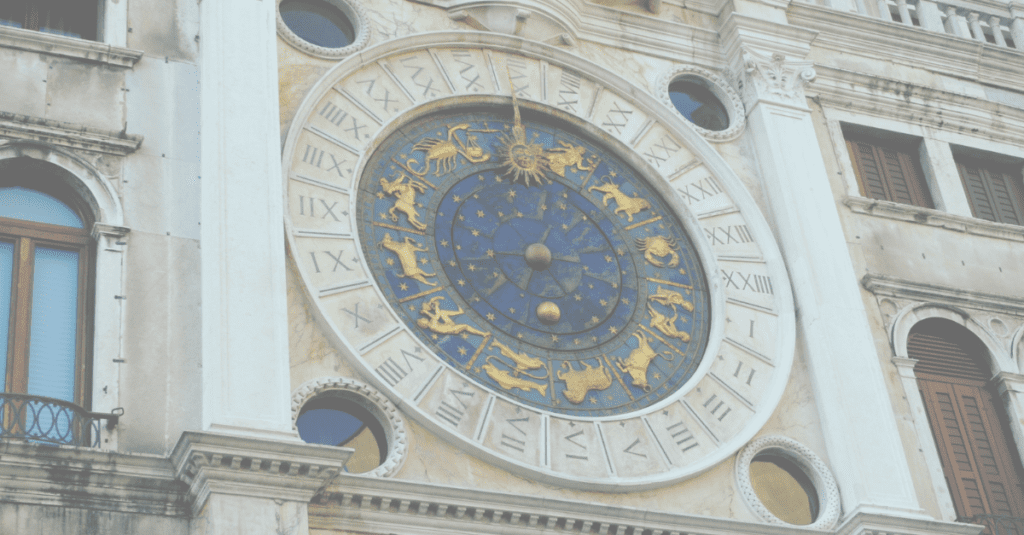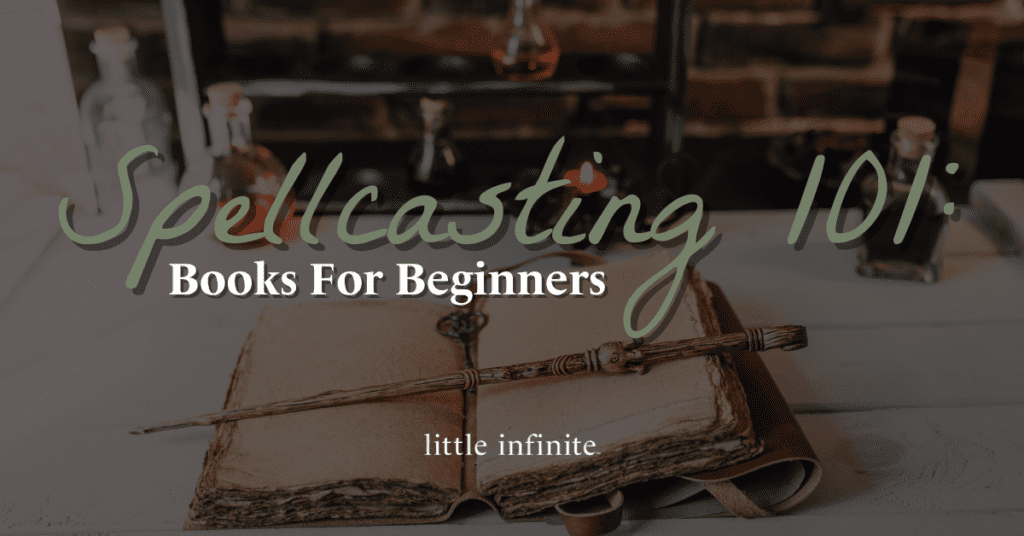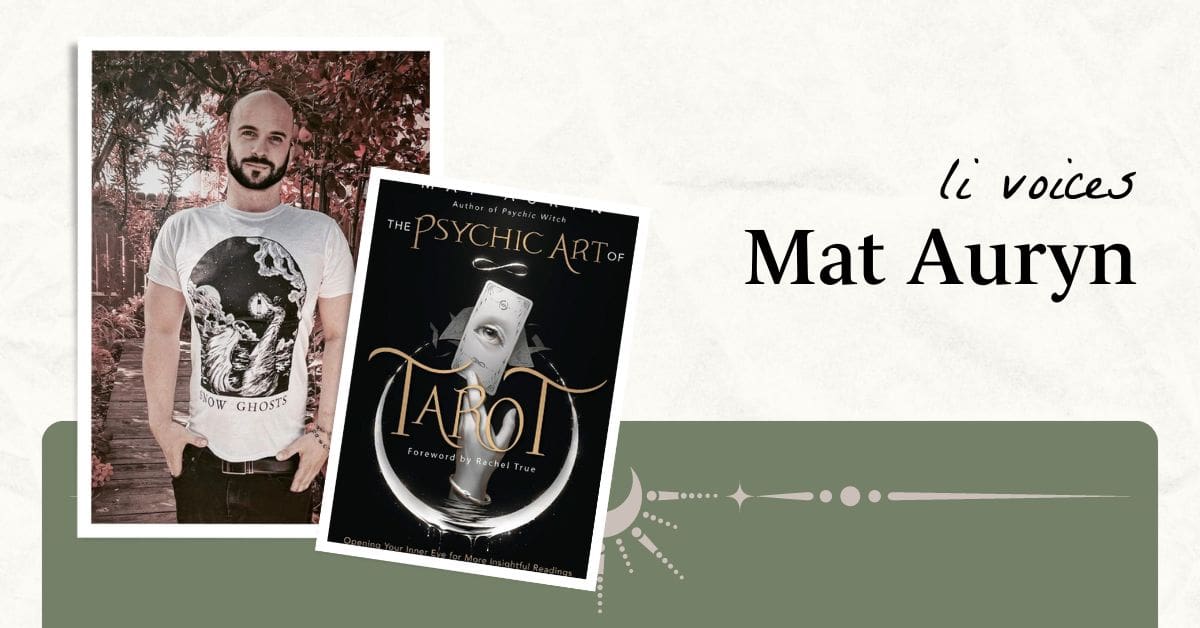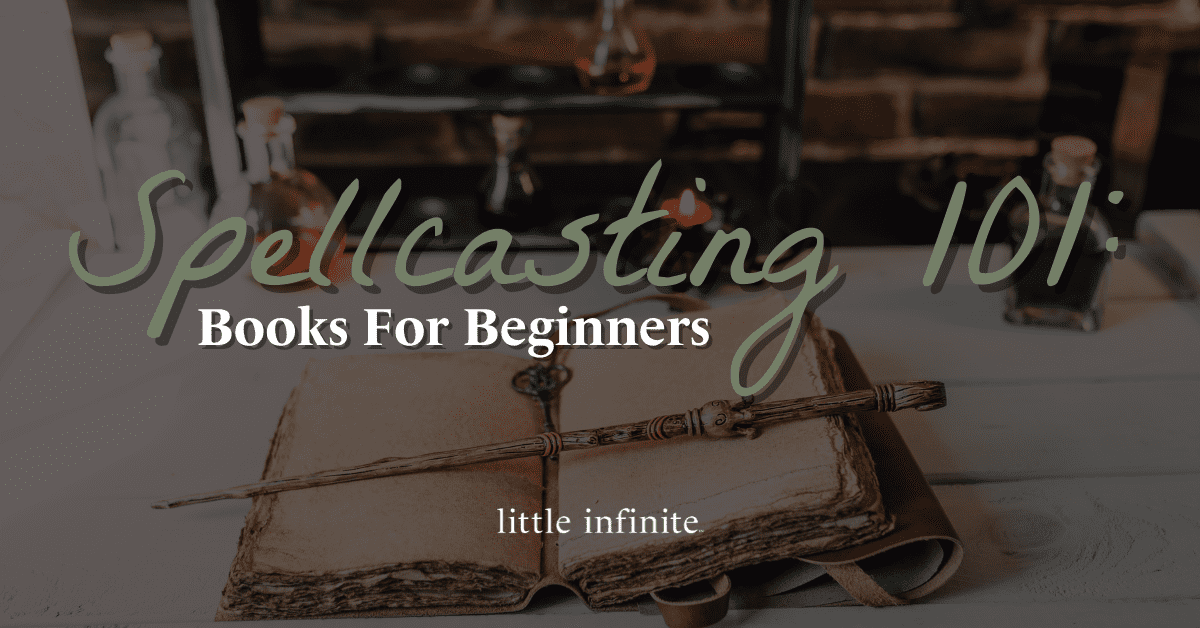Raise up the voices of Indigenous authors. Read the stories of displaced and colonized peoples.
Whether for Native American Heritage month or just for fun, there is always a reason to read books by indigenous authors. Too often Native characters are stereotyped and tokenized in literature and film. Too often Native voices are silenced. This is why we should support native writers and read native work.
Understanding and appreciating these native cultures is only possible through indigenous creators. Through their poetry readers can understand their connection with the past and the reality of the present. Through their fiction readers can step into their world.
In honor of Native American Heritage Month, we have gathered a list of fiction, poetry, and romance novels by native authors. Lose yourself in these stories and learn about the culture, traditions, and reality of native people in the Americas.
Fiction
The Firekeeper’s Daughter, by Angeline Boulley
This YA mystery by indigenous author Angeline Boully looks at what happens when tragedy, mystery, and death hit a small town on the Ojibwe reservation. Daunis Fontaine has never felt accepted in her hometown. But when the FBI comes snooping around and causing trouble, she has to become the Anishinaabe kwe (Ojibwe woman) she is and protect her home.
Daunis wants to escape her hometown and dreams of going to college. However, tragedy strikes and she has to put her dreams on hold to care for her mother. Lucky for Daunis, there is a bit of romance in the air as she finds herself getting close to Jamie, a new recruit on the hockey team.
However, life quickly takes a turn for the worse after Danuis witnesses a shocking murder. Soon she finds herself thrust into an FBI drug investigation that seems more interested in capturing offenders than protecting victims. Daunis looks to her knowledge of chemistry and traditional medicine to uncover the truth and protect her home.
There There, by Tommy Orange
Twelve native men and women travel to the Big Oakland Powwow in this award-winning novel. Little do any of them know that they are all connected, integral to each other’s story. While each comes to the powwow for different reasons and from different places and Native communities, they all add their voices to the story of the urban Native American.
A few characters include Jacquie Red Feather, a newly sober woman who comes to the powwow hoping to make it back to the family she left behind. Dene Oxendene chooses to work the powwow to honor the memory of his uncle whose death still affects him. Orvil comes to the powwow to perform a traditional dance for the first time at the young age of fourteen.
Tommy Orange offers readers a look at the complex struggles of modern-day Native Americans. His characters grapple with the painful history of their people while also participating in their inherited traditions and spirituality. This novel is unflinching and unforgettable.
The Removed, by Brandon Hobson
Deeply rooted in Cherokee folklore, Brandon Hobson takes readers on one family’s spiritual journey. Blending real-life with the mysteries of the spirit world, this story examines trauma, loss, and healing. It explores stories on both a personal and ancestral level.
Fifteen years ago, Ray-Ray was killed in a police shooting and the Echota family has never been the same. Each member has since been suspended in their own personal grief. Maria pushes through mourning the loss of her son by taking care of her husband Ernest’s onset of Alzheimer’s. Sonja tries to fill the void with romantic relationships. Edgar left home years ago and gets high to numb the feeling of isolation. But on the anniversary of Ray-Ray’s death, and the Cherokee National Holiday, something changes.
The line between the real and spiritual world starts to blur. Maria and Ernest welcome a foster child into their home and suddenly Ernest’s mind is clear. Sonja becomes obsessed with a man connected to tragedies of her past, recent and lifetimes before. But it is Edgar who finds himself in the place between the living and the dead – the Darkening Lands.
Romance
Heartbeat Braves by Pamela Sanderson
The Crooked Rock Urban Indian Center is important to Rayanne Larson. She understands the struggles of native people because she has experienced them firsthand. Her job allows her to do great work for the native people who live in the city. She has high hopes for the work she and the center can accomplish. That is until her boss gives an important project to his nephew.
Henry Grant doesn’t care about the Indian Center job his uncle gave him. He has always considered himself an urban Indian, though he knows enough about reservation life. But, either way, the job just doesn’t interest him. His beautiful co-worker on the other hand certainly does. Luckily for him, when the center goes into a crisis on his watch, Rayanne is ready to step in to help.
Heartbeat Braves is a steamy modern romance that shines a light on life on the reservation. This is the first book in Pamela Sanderson’s Crooked Rock series. Each novel follows Native American romance stories that will sweep you off your feet.
Hearts Unbroken, by Cynthia Leitich Smith
This high school love story might not be a spicy romance read, but there is nothing more rom-com worthy than falling for a first love. Indigenous author, Cynthia Leitich Smith offers a look at what it’s like for young Native girls dating in mostly white middle-class America. This thoughtful story is what happens when romance and realistic fiction collide.
Louise Wolfe just dumped her first real boyfriend. The jerk mocked and disrespected Native people right in front of her, so she broke it off, via email. Serves him right. Besides, it is Louise’s senior year and she’d much rather spend her time working for the school newspaper. Paired with photojournalist Joey Kairouz, Louise has a major story to cover. The school is performing an inclusive version of The Wizard of Oz this year, and parents aren’t happy.
As tensions around the school run high, so does the romantic tension between Louise and Joey. As the two investigate the newly formed Parents Against Revisionist Theater group, they start to get closer and closer to each other. But after someone begins threatening the student actors, including Louise’s brother, she has to decide between backing away from the investigation and Joey or risk hurting her family.
Poetry
Postcolonial love poem, by Natalie Diaz
In her second collection, Natalie Diaz offers a new lyrical landscape that focuses on the bodies of indigenous, Latinx, black, and brown women. She also brings attention to other types of bodies. Bodies of language. Bodies of lands and rivers. Even the bodies of suffering people, enemies, and lovers. This collection demands that all bodies be held and carried and beloved.
These poems push language to dark edges, bringing readers to places of pleasure, love, grief, and joy. In Diaz’s poetic landscape readers will see how these bodies are both political and ecstatic. They are things of desire, of sensuality, and of violence. Diaz’s poems show strength in allowing healing wounds to bloom in tenderness and pleasure.
What makes this collection truly stand out is how Diaz unravels American goodness with her verse. She writes knowing that America was created by erasing bodies like hers. But while she breaks down misinformation, her poetry creates something more powerful. She writes about hope.
Feed, by Tommy Pico
What is the difference between being alone and being lonely? This is one of the many questions Tommy Pico’s fourth collection in the Teebs tetralogy asks. This collection features epistolary poems, verses on nourishment, and follows the main character on a walk. As the reader follows the main character through New York’s High Line Park, the stanzas, paragraphs, and even dialogue explore every part of the park.
As the walk continues, Pico asks a number of questions of readers. How large is the cultivated wilderness of the park? How do you make the perfect mac and cheese? Can you really be friends with an ex-lover? But, much like the wilderness, readers will find that answers to these questions are as inconsistent as the spring. Spring is a season that constantly moves back and forth between thawing and freezing. But, much like Pico’s poems, spring is messy, but it knows exactly where it is going.
Corpse Whale, by dg nanouk okpik
Offering a perspective that is fresh and vibrant, poet dg nanouk okpik writes poetry in both a traditional and contemporary narrative. This seamless meld of the two styles resulted in a beautiful collection of poetry. Steeped in the perspective of an Inuit of the twenty-first century, okpik does not shy away from her voice in her debut collection.
okpik’s work is truly one of a kind. Using rhythm and language focusing heavily on all five senses, she is able to create a truly unique collection. Each poem will draw a reader into the dark and light landscapes of both the ecological and spiritual world. Weaving through her work, okpik showcases the lives of animals and the power of nature.
What’s more, each poem can be enjoyed on its own, every piece in this collection flows together to create one singular cohesive experience. Full of rich imagery and rhythmic verse, this collection transcends everyday logic and grounds readers in movement and music.
Guard the Mysteries and All This Time, by Cedar Sigo
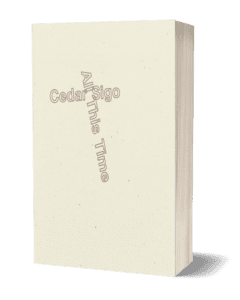
little infinite: Which part of Guard the Mysteries was the most challenging to write? Why did you find that experience particularly stimulating?
C. Sigo: I think the most difficult lecture to write was the first one that I attempted, which ended up fourth in the collection. It’s about Barbara Guest, John Keats, and Arthur Rimbaud. I was struggling initially with how authoritative a lecture is ‘supposed’ to sound. I guess the unveiling of my theories was a little less organic in that one. I thought I had to have my ideas (or parts of them) set up in advance. After the first lecture was finished, they came easier and with an instant tonality. I started to feel like a storyteller and less reliant on the concept of having to ‘break down’ a poem. I think I was more interested in describing what it is like to live as a poet rather than treating other people’s poetry as a subjective puzzle to be solved for the non-poetry reading public.
Check out our exclusive interview with poet Cedar Sigo.
Spirit Matters: White Clay, Red Exits, Distant Others, by Gordon Henry
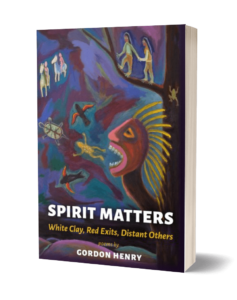
little infinite: What is the biggest risk you’ve taken with your writing? What did you learn from that experience?
G. Henry: The biggest risk involves disclosure of the unclosed way we process experiences that continue to inform our heartache and longing. Processing that through imagery, sense remembrance, embrace of loss, re-ignition of small flairs of pain and fires of disappointment. To share such is to fly into risk in very particular ways that may involve additional risk, in that you just don’t know if people will or can connect with it. Is it clear enough? Good enough? Even though it’s all you’ve got to give at the time?
Gain insight into Henry’s writing from our interview.
For more great books to add to your TBR list, make sure to keep an eye out for more of little infinite’s featured content as we celebrate poetry, books, and this beautiful hot mess we call life on Facebook, Instagram, and Twitter.

